Sailing the Forgotten Coast:The Outside Passage BC
June-July 1999
This is an article from WaveLength Magazine, available in print in North America and globally on the web
by Rick Hudson
Veteran adventure traveler Rick Hudson finds undiscovered gems, right here at home. Getting away from the madding crowd is becoming more difficult, and a lot more expensive
 |
View from the deck of the Porpoise. |
The inland rivers of Borneo were interesting, and it's nice to be able to mention over the dinner table that you saw real skulls hanging from the longhouse rafters, but the septic sores took 8 months to heal. The trip over the Patagonian icecap was breathtakingly beautiful, but the smell of boiled mutton now makes you gag every time you're served lamb. The trek across the Manaslu Pass on the Tibetan border was memorable for many things, but the long-term effects of frostbite mean it's now extremely painful to perform even the simplest tasks involving fingers, such as changing the film in your camera.
And then of course, there are people-everywhere, in the most unlikely locations. A computer programmer from Illinois half way up the Grepon in Chamonix, France, an Aussie truck driver from Perth paddling the upper Zambezi River in Zimbabwe, and worst of all, a little old lady (definitely well into her 70's) from Chicago, sleeping in a self-built igloo on Devon Island in the Arctic.
It's getting tougher and tougher to be on the Yuppie cutting edge. Further more, what's a person to do when the mind is willing, but the body is definitely getting weak? Put another way, couldn't we have just a little more travel, and rather less adventure, next time?
Fast forward to the summer of 1998. I am sitting in a kayak, watching the sun rise over forest-draped peaks. The fiord is like glass, so calm that I can hear the breathing blasts of a dolphin several miles away. On either side of the kayak, spruce-covered islands stand in their own reflections, so perfect that I'm unsure where reality stops and image begins. An eagle screams its high, piping call from some giant tree that has stood here since... well, time immemorial. Fog rolls very slowly up the outer sound, brilliantly white in the first rays of the sun.
Where am I? This is not some remote corner of the planet. This is a day's sail south of Prince Rupert, BC, on the Outside Passage. The Inside Passage is fairly well known. It's a remarkable string of long, thin fiords that cut through the high peaks of BC's Coast Mountains, paralleling the Pacific Ocean. Cruise ships ply its sheltered waters almost hourly. Throngs of tourists eat splendid meals, gaze at panoramic wilderness through large picture windows, and finish up at Glacier Bay, where they videotape great chunks of ice calving off frozen walls.
The Outside Passage is something else. Information about it is scarce, human habitation almost non-existent. The mountains that surround the Inside Passage have dwindled by the time they reach the outer coast. Gentle hills allow the sun to penetrate from early morning till late in the evening. Where the Inside Passage is like a clean knife cut, the Outside Passage is a maze of archipelagoes and crenellated shorelines, a place that begs to be explored by sea kayak.
Here begins the Yuppie dilemma. I only have a week's leave. There are no airports on the outer coast. Floatplanes can't be relied upon to get a group of kayakers in and out at pre-arranged times, due to fog and other weather factors. And besides, I want a hot shower, a good meal, and a warm bunk at night. I'm over 50, and I think I deserve that, after sleeping in ditches in Tanzania and holes in the ground in Argentina.
Enter that miracle of modern travel aids, the Internet. I discover that there is a 50 foot ketch, the Porpoise, that fulfills all my needs, and is available for charter on the Outside Passage. The owners are a husband and wife team. Jim Blohm is the skipper, who is really a structural engineer nearing retirement. Kathleen teaches art at a private school in Victoria. Together, they have cruised the West Coast in a variety of vessels for over two decades. They are those rare type of hosts who love showing guests what they themselves have come to know about this mysterious and remote coast. The stateroom is crammed with books on the area. And Kathleen is a sensational cook.
Back to the present: the fog has burned off the outer channel, but our three kayaks are still cutting through glass-calm water. A sea otter family plays on a beach as we glide past. An array of starfish, in a range of colors, are exposed by the low tide. A glaucous winged gull is solemnly swallowing a whole starfish, in neck-stretching gulps. It is mid morning, and we have been on the water for 3 hours. We are shortly to rendezvous with the Porpoise at a predetermined point. For safety, Jim has supplied us with a VHF radio and a GPS receiver, so we know precisely where we are and can find out where he is.
Rounding a headland, the tall masts and intricately carved woodwork of the ketch come into view. As we close with the vessel, the smells of fresh coffee and hot herb bread float across the water. Once aboard and the kayaks stowed, we wolf down brunch, as the Porpoise heads down the sound, bound for our next area of exploration.
Life on board is a routine, so Jim says. Early breakfast, followed by several hours of kayaking, while the water is still calm. Meet up with the mother ship. Brunch. Sail or motor to our next area, eating a late lunch en route. Drop anchor in some remote cove by 5'clock, usually as the wind starts to drop. Paddle for several hours, often staying out until the sun sets. Return to the ship for a lavish dinner of exotic cuisine. Hot shower. Bed. Can there be a better way to spend a week?
What gradually penetrates our consciousness is the splendid isolation of the Outside Passage. Each day we see only one or two other vessels. There are no villages, no roads, no jetties, no clearcuts. Not a sign of man anywhere for 200 miles. It looks exactly the way it must have been when Captain Vancouver sailed into these same waters to chart it back in 1792. Just islands, inlets, archipelagoes, fiords-rocks, headlands, forests and, where the open ocean penetrates, sandy beaches. Deer swim between the islands. Orca cross our path often. Fresh fish and crab are on the menu every night.
IF YOU GO:
Access the Outside Passage via airports at Prince Rupert, Bella Bella, Bella Coola and Port Hardy. Canadian, AirCanada and others provide daily service. The best time to visit is June through September. For information about the Porpoise, write to Mothership Charters, P.O. Box 5184, Victoria, BC V8R 6N4 or check out http://www.bcsail.com/pe/
Rick Hudson is an adventure writer who began climbing in the 60s, and has numerous peaks in Patagonia, Africa, the Himalayas and the Arctic to his credit. He holds a PhD from Cambridge University in electronics and lives on Vancouver Island.©

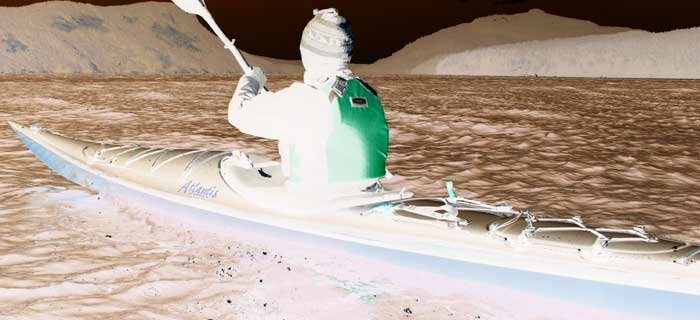
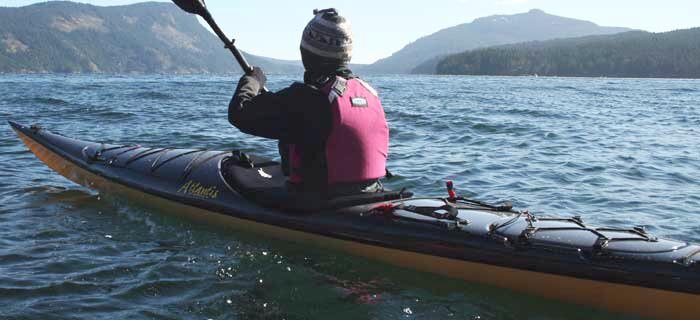
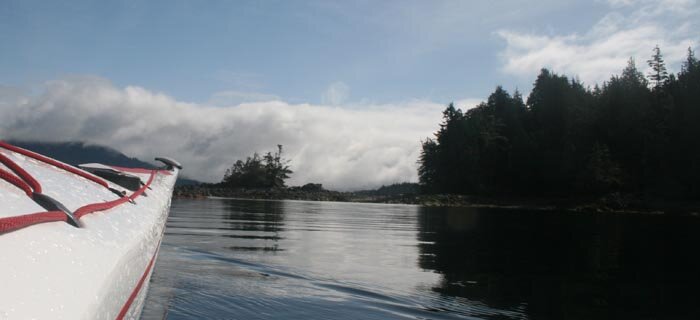
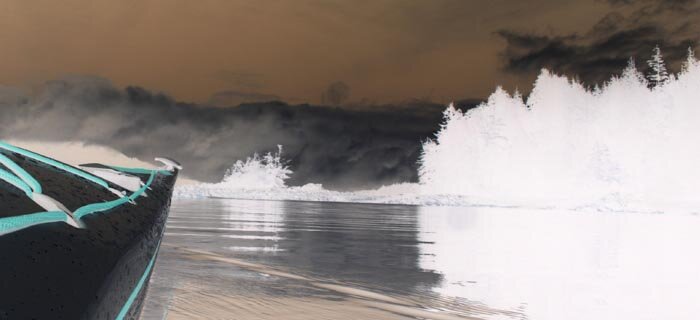
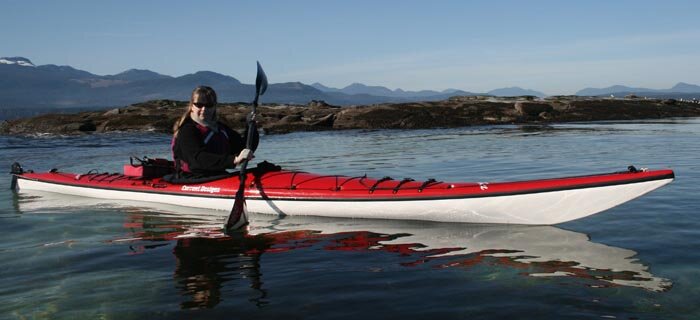

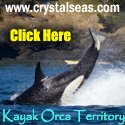
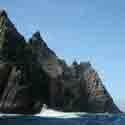

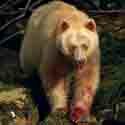











 This site uses valid HTML, CSS and Flash. All content Copyright © 2010 Wild Coast Publishing.
This site uses valid HTML, CSS and Flash. All content Copyright © 2010 Wild Coast Publishing.